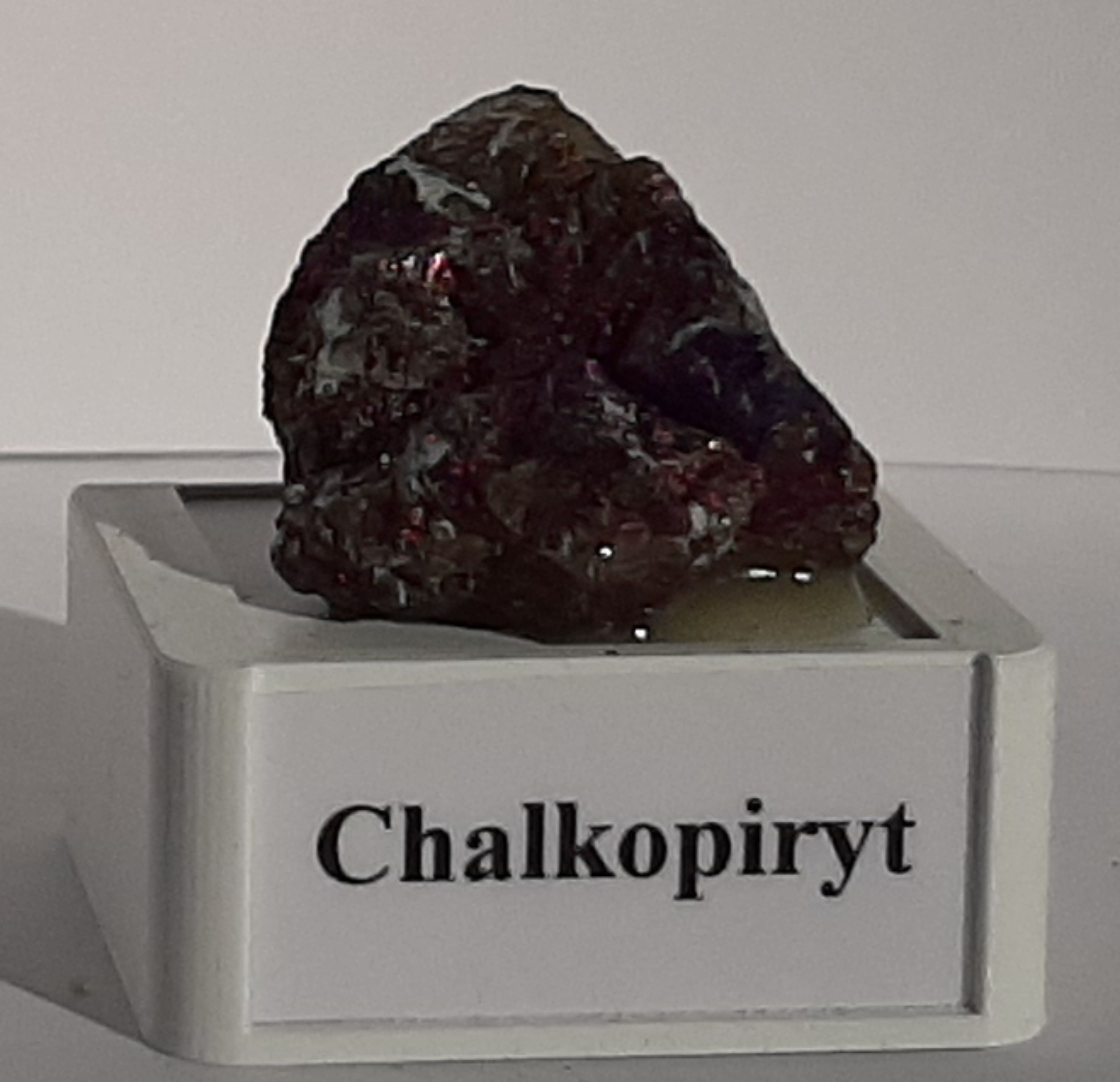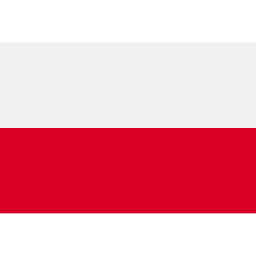
Chalcopyrite
sulphides
4.2 to 4.3 g/cm3
tetragonal
indistinct
CuFeS2
brassy yellow, often with bright rays
4 to 4.5 on the Mohs scale
metallic
Is formed in magma processes, in the early stage of magma crystallization; it is also widespread in pneumatolytic and hydrothermal veins; it occurs in sedimentary deposits in the company of chalcosine, bornite and cowelline; it occurs in most parts of the world e.g. USA, Romania, Russia, Germany, Japan, Zambia, Norway; in Poland it can be found in Dolnośląskie and Świętokrzyskie Voivodeship, as well as in the Kaczaw Mountains
Chalcopyrite, like pyrite, comes from the group of sulphides, is characterized by a brassy-yellow colour but the rays on its surface can take on a very different colouration, forms crystals of the form of quadrangles or scalenohedra, its most beautiful crystals are in the form of crystalline brushes; it is characterized by a metallic sheen, shell or uneven break and indistinct cleavage; it has one main application, namely: is a source of copper on the world market (about 80% of all produced copper is made from chalcopyrite), is a collector's stone, especially if it has coloured stalactites, just as pyrite can be a source of gold, but also silver, which are present in it as admixtures
The name comes from the Greek word chalkós, which means "copper" and the word pyrítes, which means "sparking"; it also has another name, namely "peacock's metal", because its coatings can take on colours similar to those of the peacock's tail; it is one of the earliest minerals used by man, as it was already used in the Bronze Age as a source of copper; chalcopyrite looks like pyrite and can therefore be easily confused with it; due to its colour and high copper content, chalcopyrite is often called "yellow copper"; it is believed that the Egyptians (as early as 3900 BC) were the first people to create bronze, a mixture of copper and tin, marking the beginning of the Bronze Age


